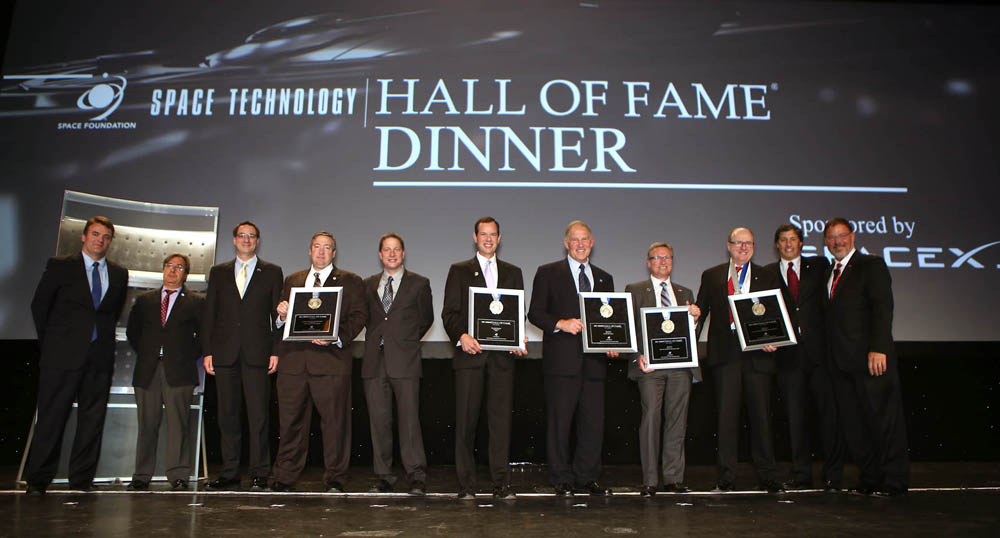International Affairs
Technologies from Around the Globe are Invited for Space Technology Hall of Fame Nomination
Written by: developer
The Space Foundation is now seeking nominations for induction into the prestigious Space Technology Hall of Fame® in 2015. The program honors innovations by organizations and individuals who transform space technology into commercial products that improve life on Earth.
 The deadline is Aug. 22, 2014, and anyone can submit a nomination of a technology that was developed anywhere in the world for use in space and then modified or adapted for use on Earth.
The deadline is Aug. 22, 2014, and anyone can submit a nomination of a technology that was developed anywhere in the world for use in space and then modified or adapted for use on Earth.
Inducted technologies have included life-saving medical devices, health improvement technologies, energy-saving technologies, satellite and telecommunication technologies and practical commercial devices. Some noteworthy examples are the automatic external defibrillator; non-invasive breast biopsy technology; MRI and CAT scan imaging; anti-shock garments; LASIK eye surgery; implantable pacemakers and hearing aids; and technologies that power cellular phones, terrestrial networks and satellite broadcast television and radio communications.
The Space Foundation’s Space Technology Hall of Fame was established in 1988 to increase public awareness of the benefits that result from space exploration programs and to encourage further innovation. Since that time, 69 technologies have been inducted.
Each nomination is reviewed for completeness, assessed by technical experts and then ranked by a prestigious panel of judges who look at economic benefit, public awareness, societal benefit, longevity and public/private/partnership investment.
 Award ceremonies for the 2015 inductees will take place on April 16, 2015, at The Broadmoor in Colorado Springs, Colo., USA, during the 31st Space Symposium. Conducted by the Space Foundation, the Symposium is the premier annual gathering of the global space community.
Award ceremonies for the 2015 inductees will take place on April 16, 2015, at The Broadmoor in Colorado Springs, Colo., USA, during the 31st Space Symposium. Conducted by the Space Foundation, the Symposium is the premier annual gathering of the global space community.
Additional information about the Space Technology Hall of Fame, including a complete list of inducted technologies, is available at www.SpaceTechHallofFame.org.
Normal
0
false
false
false
EN-US
X-NONE
X-NONE
MicrosoftInternetExplorer4
/* Style Definitions */
table.MsoNormalTable
{mso-style-name:”Table Normal”;
mso-tstyle-rowband-size:0;
mso-tstyle-colband-size:0;
mso-style-noshow:yes;
mso-style-priority:99;
mso-style-qformat:yes;
mso-style-parent:””;
mso-padding-alt:0in 5.4pt 0in 5.4pt;
mso-para-margin-top:0in;
mso-para-margin-right:0in;
mso-para-margin-bottom:10.0pt;
mso-para-margin-left:0in;
line-height:115%;
mso-pagination:widow-orphan;
font-size:11.0pt;
font-family:”Calibri”,”sans-serif”;
mso-ascii-font-family:Calibri;
mso-ascii-theme-font:minor-latin;
mso-fareast-font-family:”Times New Roman”;
mso-fareast-theme-font:minor-fareast;
mso-hansi-font-family:Calibri;
mso-hansi-theme-font:minor-latin;
mso-bidi-font-family:”Times New Roman”;
mso-bidi-theme-font:minor-bidi;}
This article is part of Space Watch: July 2014 (Volume: 13, Issue: 7).
